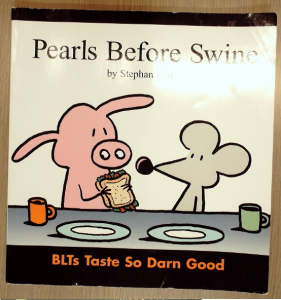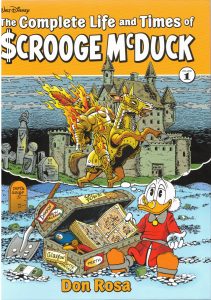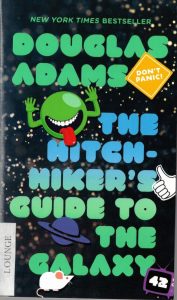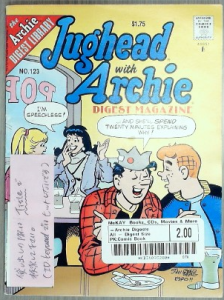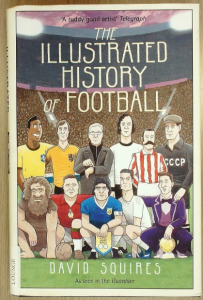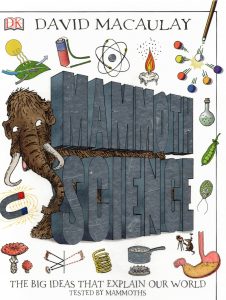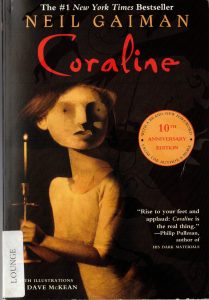[Welcome to the EL Book Introductions series. These posts are all short (<180 words) introductions/reviews of books in the EL library. They focus on telling you what we think will be interesting for you, a college student and English learner, so use them to help you find the right book for you. You can also use the tags to find books about topics you might be interested in.]
_______
When I was a child, Saturday morning cartoons on the television were very popular. However, I was not excited about them. Every week, I looked forward to reading the comics in the Sunday newspaper. On Sunday, comics were in full color (not black and white) and covered two whole pages of the newspaper. These are the “four-panel comics” (四コマ漫画) famous in Japan—although many comic strips, like Pearls Before Swine, are only three panels, and the Sunday strips are often longer.
Pearls Before Swine has been running for almost 20 years. Its humor is a little dark and often mean, but there is nothing too extreme for children to read. Each comic is just one joke involving character archetypes. An “archetype” is when a character has one or two defining characteristics. Rat is selfish and cynical. Pig is kind, but very, very dumb. Goat is smart and helpful. And Zebra is in a constant battle with the Crocodiles, who want to eat him. Open the book to any page, read a few strips, and see what you think.
My two cents: Understanding humor is a good way to understand part of another culture. Not all Americans like the same humor, but if Pearls has been successful for 20 years, a lot of people must think it’s funny.
